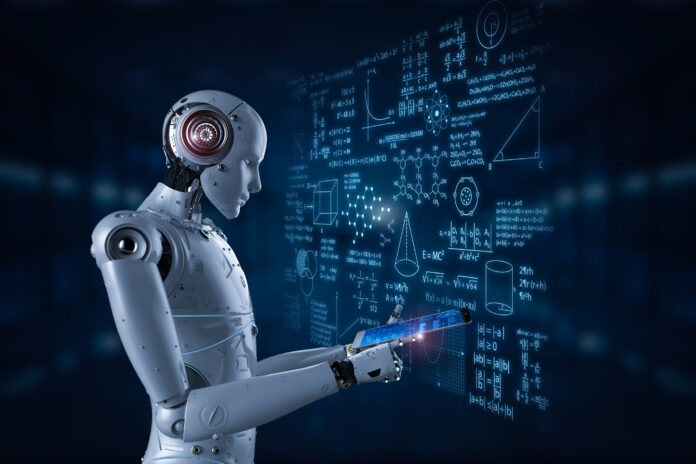The use cases of AI are many and have huge applications across many industries and fields, but despite all these diversity in application, AI use cases fall into one or more of the seven common patterns: hyper-personalization, autonomous systems, predictive analytics and decision support, conversational/human interactions, patterns and anomalies, recognition systems, and goal-driven systems.
Out of these the most common is the recognition pattern, where AI-powered ML and cognitive technology helps to recognize and classify the unstructured data into categories. Unstructured data is the information that either does not have a pre-defined data model or is not organized in a pre-defined manner. These can be texts, images, videos or numbers that with the help of AI-powered ML can be used to identify understand and find patterns.
In an organization generally, query technology and informatics systems are used to gather analytic value from structured data. But up to 90% of an organization’s data is unstructured data and this is where AI steps in.
Machine Learning has the ability to recognize and match the patterns that are seen in data. This power of ML is achieved with supervised learning, where clean well-labelled training data are used to teach the algorithm to categorize the input into classes. The computer is shown many data points with labelled data to train the neural network that could eventually classify data into categories. After several retraining, the system is then qualified for real-time application.
The common real-time applications of the recognition pattern range from medical imaging to autonomous vehicles, handwriting recognition to facial recognition, voice and speech recognition or video analysis. But the most significant powers that are used even at the COVID-19 times are:Security and Surveillance Systems, where multiple simultaneous video streams in real-time are observed and help in recognizing any deviance in social distancing rule and can help in checking whether people are wearing masks.
One such example is Landing AI ‘Social Distancing Detector’ that can detect if people are keeping safe distances by analyzing the video streams.
- Radiology imaging- in the medical industry where recognition patterns are used to identify the cause of COVID-19 infections.
- Quickly identifies the products and helps in cataloguing the products in e-commerce websites by applying the full range of data and metadata necessary to sell those products online with no or minimal human interaction.
- With Optical Character Recognition (OCR) technology, printed characters, handwriting, texts can be mapped. This is of great use in evaluating the OMR answer sheets of entrance exams and also in ATMs, where customers can insert their handwritten checks into the machine and make their deposits.
Given the strength of machine learning in identifying patterns, it is clear that AI is impacting every industry and will continue to see widespread adoption. So this will bring a tremendous change in the days to come which will lead to AI-based revolutionary transformations.

